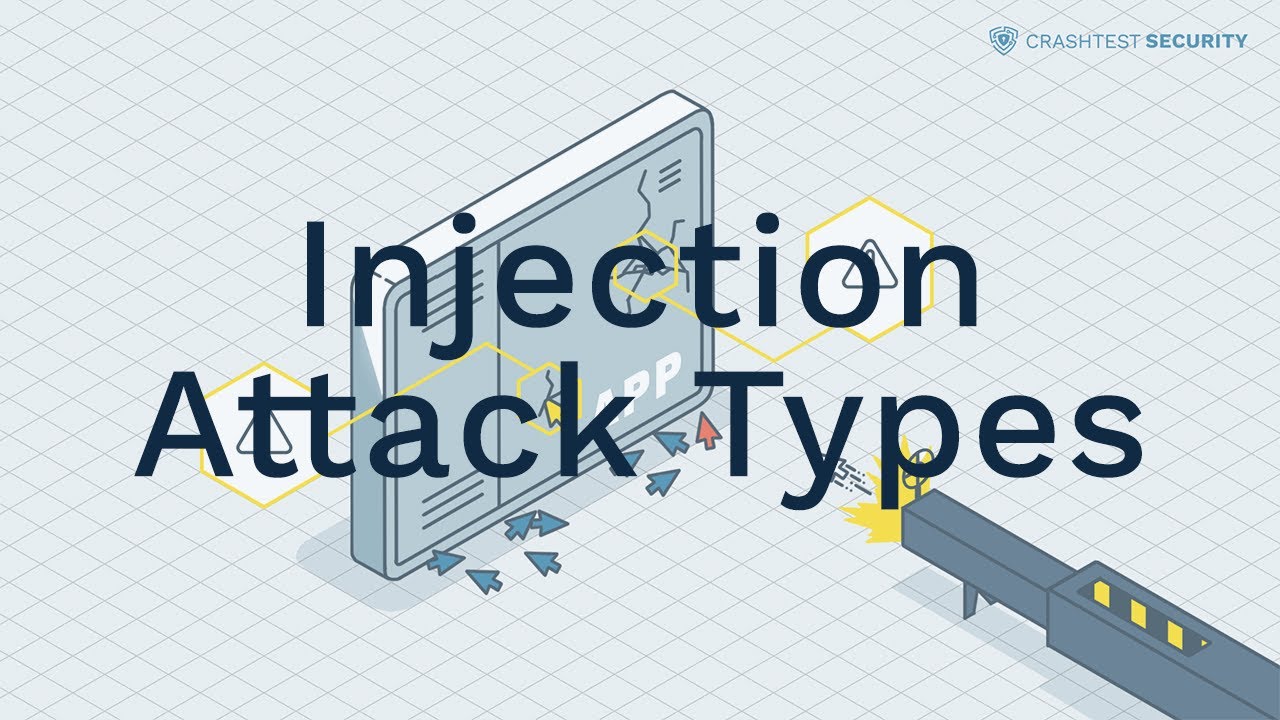Injection attacks are computer security attacks applied by malicious users or software for the purpose of exploiting applications or systems to alter or cause inappropriate behavior. These attacks are carried out by injecting data into an application or system through the use of malicious code. Injection attacks take advantage of poorly designed user input handling methods to gain access to a system, resource, or account. This type of attack frequently occurs on the internet, as attackers use holes in web applications to inject malicious code or view sensitive information.
Injection attacks can be used to modify or delete data from a target system, as well as view private data or launch distributed denial-of-service (DDoS) attacks. An attacker can also inject malicious scripts or commands into an application in order to obtain unauthorized access. In some cases, the attacker can create a remote shell on a system, allowing them to execute commands on the system without explicit authorization. Injection attacks may also be used to modify an application’s functionality or cause it to malfunction.
Injection attacks commonly target databases, as attackers attempt to insert malicious code into a query that is submitted to the database server. The code that is injected into the query can be used to manipulate data in the database or gain access to the system. Injection attacks can also target other services that rely on user input such as email, file transfers, or backups.
In order to protect against injection attacks, organizations should regularly monitor their systems for suspicious activity, ensure software is up to date, and use secure coding practices to protect user input. Additionally, applications should be designed to validate user input to limit the potential for data injection.






